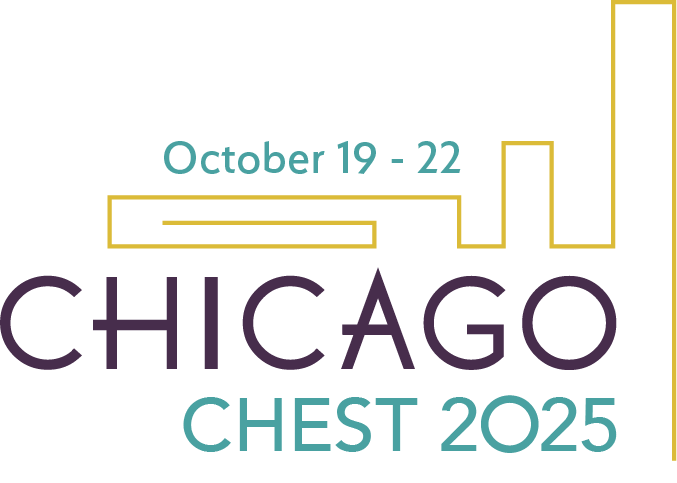
A new multicenter cross-sectional surveillance study of patients hospitalized with community-acquired pneumonia (CAP) found that 13.8% (279 of 2,016 participants) had evidence of pneumococcal pneumonia and that 9.8% (198 of 2,016 participants) had serotypes included in the latest 21-valent adult-specific pneumococcal conjugate vaccine (V116). Researchers estimated the overall prevalence of hospitalization for all-cause CAP at 43 per 100,000 adults and pneumococcal CAP due to serotypes included in V116 at 30 per 100,000 adults. Disease burden was highest among adults aged 65 and older.1
“What struck me was how many of these cases were associated with Strep pneumo because Strep pneumo is one of those things we vaccinate against,” said Christina Thornton, MD, PhD, Associate Professor of Respiratory Medicine in the Cumming School of Medicine at the University of Calgary, Calgary, Canada. “The rates of hospitalization and associations with Strep pneumo are still quite high. One thing we saw clearly… is the incidence is higher in adults over age 65 and that is also the group we target the most with pneumococcal vaccine.”
The authors of the study, All-Cause and Pneumococcal Community-Acquired Pneumonia Hospitalizations Among Adults in Tennessee and Georgia, noted that Streptococcus pneumoniae remains a leading bacterial cause of CAP, accounting for about 12% to 13% of all adult hospitalizations for CAP in the United States during the years when earlier 7-valent and 13-valent vaccines were used. This is one of the largest studies to date assessing the potential impact of V116, which includes S. pneumoniae serotypes not included in earlier vaccines. The V116 vaccine was not commercially available during the study period.
The study is part of the ongoing Pneumococcal Pneumonia Epidemiology, Urine serotyping and Mental Outcomes (PNEUMO) program, which includes hospitals associated with Vanderbilt University and Emory University and is overseen by Vanderbilt University Medical Center. Catchment areas include urban, suburban, and rural areas in Tennessee and Georgia.
Adults hospitalized with clinical and radiographic evidence of CAP were prospectively identified and solicited for enrollment between September 2018 and October 2022, with gaps during the outbreak of the COVID-19 pandemic. Data captured included in-hospital clinical outcomes, clinical laboratory tests conducted during routine care, and urine samples assessed for the presence of pneumococcal urinary antigen.
The study population included 2,016 patients hospitalized for all-cause CAP. The median age of patients was 60.1 years; 36.0% were Black, 4.0% were Hispanic, and 60.0% were White. Most (92.4%) lived in a community setting, and 27.7% interacted with children aged 5 and older. The most common comorbidity was obesity ( 37.8%), followed by diabetes (25.4%), and solid organ cancer (23.4%). Just under one-third of patients (32.3%) had received pneumococcal polysaccharide or conjugate vaccines, 18.5% and 13.8%, respectively. Most patients (66.5%) were enrolled in Tennessee.
The overall estimated incidence of CAP was 340 per 100,000 adults. Incidence consistently increased with increasing age during each year of the study.
“As clinicians, we of course recommend vaccination,” Dr. Thornton said. “One of the most common questions I hear from my patients is, ‘What’s my risk of getting pneumonia?’ With this study, I can tell them that 14% of hospitalized CAP is due to Strep pneumo, and that’s not even all CAP, just hospitalized. And the majority of serotypes they discovered in these patients are covered by vaccine. That’s useful, real-world data I can give them and counsel them a little more effectively than the theoretical, ‘It’s good, you should get it.’”
References
1. Grijalva CG, Johnson KD, Resser JJ, et al. All-cause and pneumococcal community-acquired pneumonia hospitalizations among adults in Tennessee and Georgia. JAMA Netw Open. 2025;8(8):e2524783. doi:10.1001/jamanetworkopen.2025.24783
